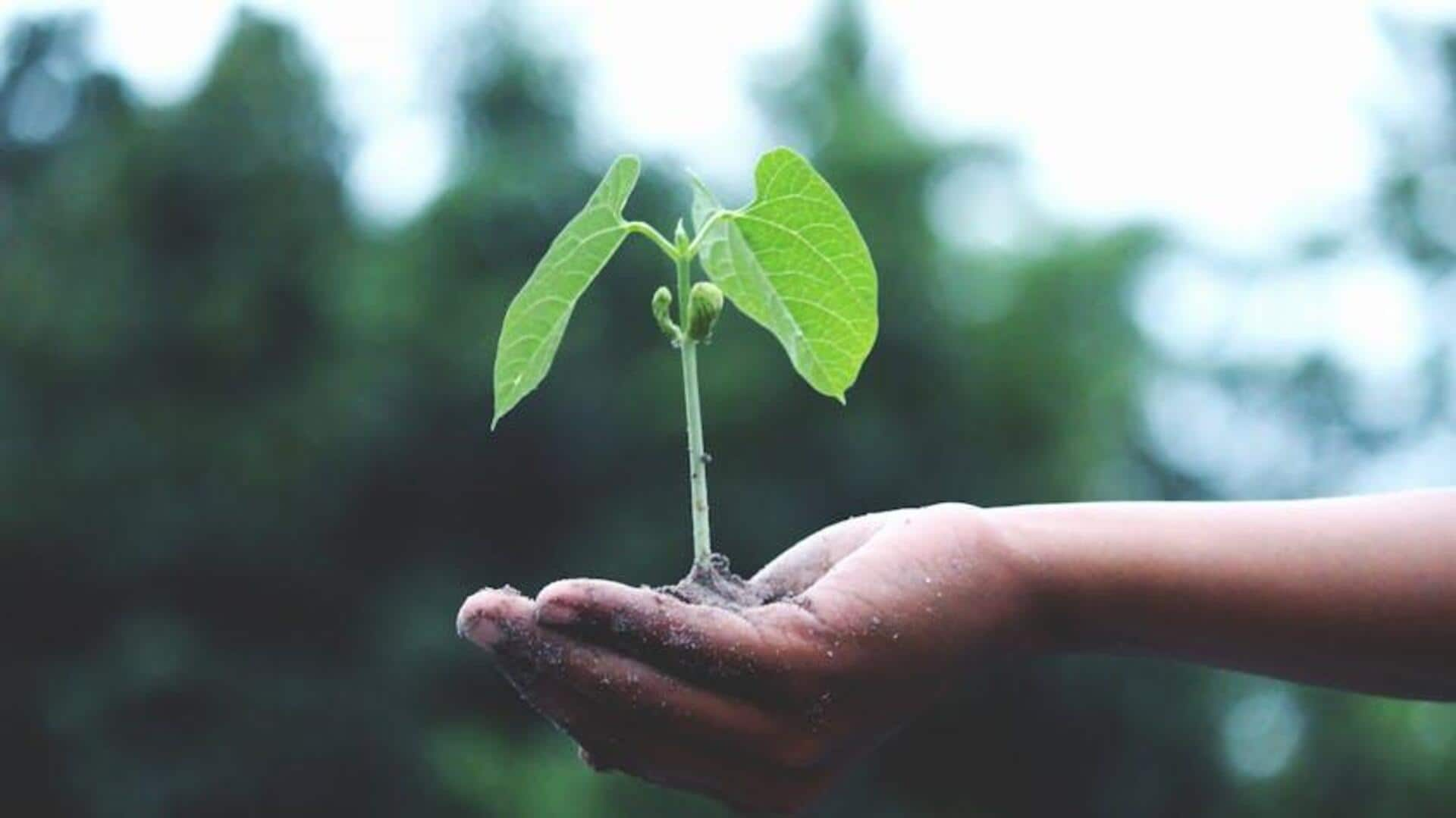
Budget-conscious native tree planting in Africa
What's the story
Tree planting initiatives are vital for environmental preservation and the fight against climate change. This is particularly true in Africa, where deforestation rates are a major concern. However, one significant challenge is the high cost associated with these projects. This article delves into cost-effective strategies for native tree planting initiatives across Africa, with an emphasis on methods that minimize expenses while still ensuring the success of reforestation efforts.
Seed banks
Utilize local seed banks
One economical approach is to use local seed banks to source native tree seeds. These banks typically gather and preserve seeds from indigenous trees, which are often more robust and better adapted to the local climate than imported species. By sourcing seeds from these banks, projects can reduce costs associated with importing seeds and foster biodiversity.
Community engagement
Community involvement in planting
Involving local communities in the tree planting process is crucial. It creates a sense of ownership and reduces labor costs. By mobilizing community volunteers to help plant trees, you tap into a cost-effective workforce that cares about the project's success. Plus, it's a great way to raise awareness about the environment.
Partnerships
Partner with environmental NGOs
Collaborating with environmental non-governmental organizations (NGOs) can drastically cut costs for tree planting initiatives. These NGOs offer grants, materials, and assistance as part of their dedication to reforestation efforts. By partnering with them, projects can avoid the costs associated with buying saplings, tools, and other necessary materials. This strategic collaboration not only helps in securing resources but also strengthens project sustainability.
Agroforestry
Adopt agroforestry practices
Combining tree planting with farming through agroforestry practices enhances the environment by improving soil quality and promoting biodiversity. It also benefits farmers economically by providing additional income opportunities through the sale of fruit or timber from the trees they plant. This approach eliminates the need for costly land allocation for reforestation projects, making it a more economical solution.
Technology use
Leverage technology for monitoring growth
Leveraging technology like drones or satellite imagery for tracking tree growth and health enables projects to effectively oversee vast areas without time-consuming ground surveys. Although there's an upfront cost in technology, it ultimately saves money by minimizing manual labor expenses and allowing for the accurate targeting of interventions when trees are stressed or diseased.